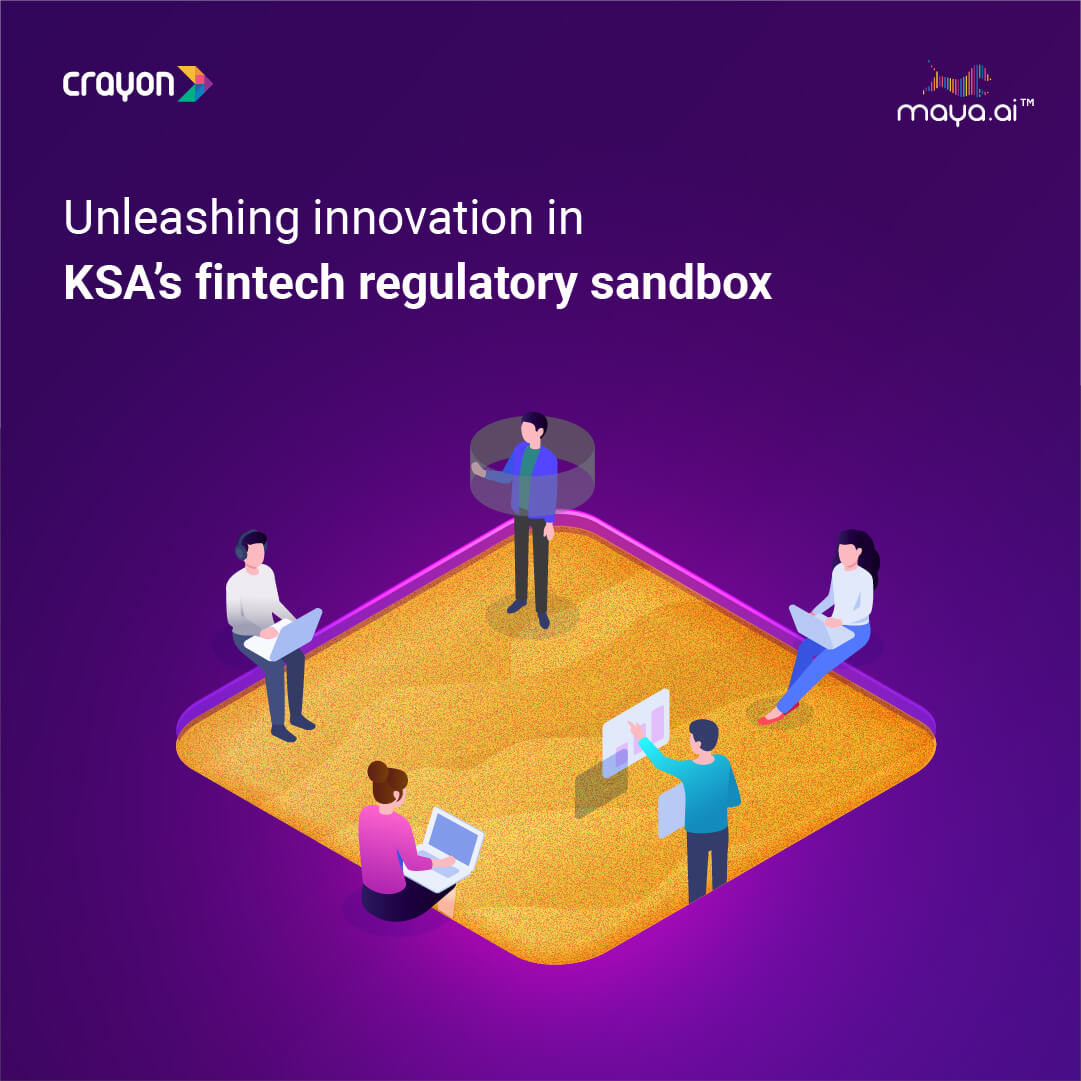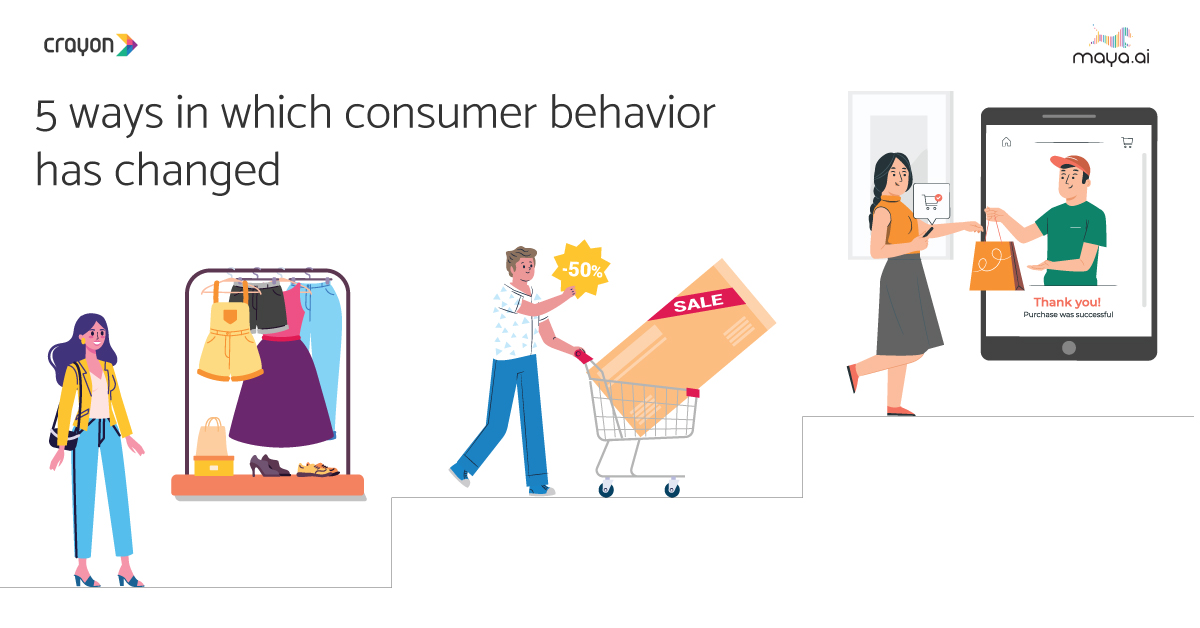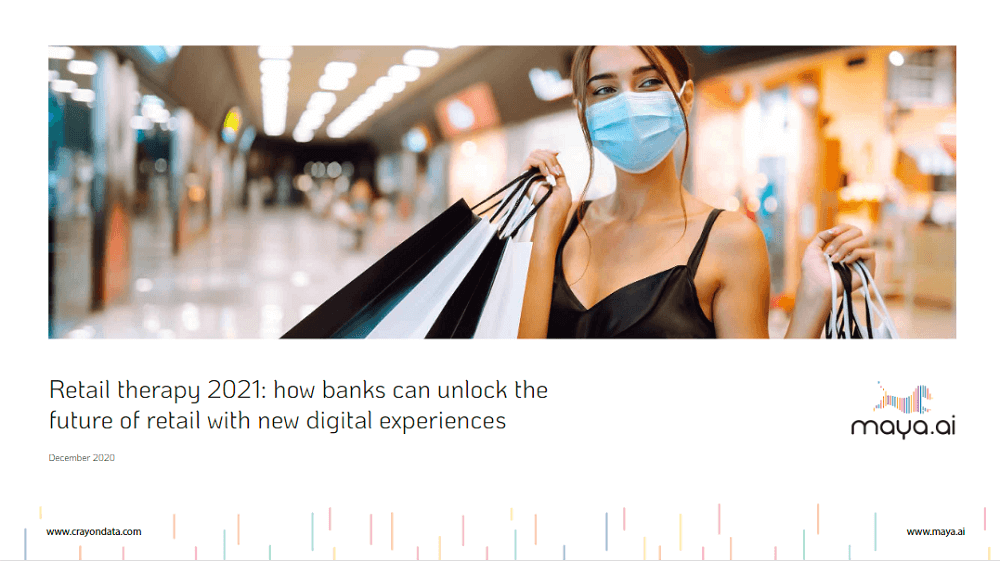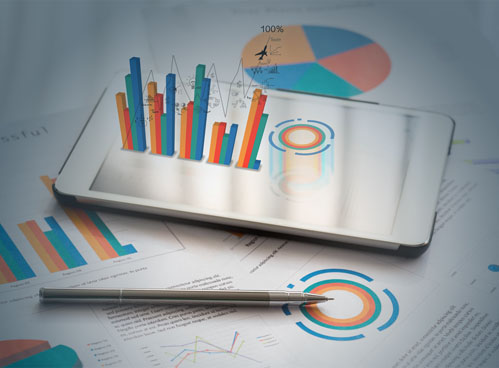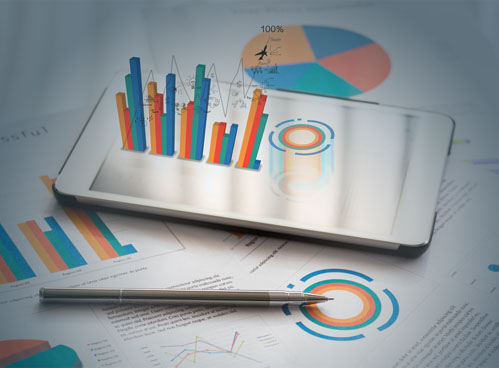Today’s technology is advancing rapidly, and there is one clear trend these developments follow. The design philosophy that is leading the tech revolution is that of connectivity. The world around you is more connected and global than ever before. This has been a major boon to private citizens and corporate entities alike, but it brings with it new security concerns. The more people and businesses depend on technology, the more risk there is of their personal or business data falling into the wrong hands. Here’s what you need to know about keeping your data secure.
Human Error
While the threat of cyber attacks is dependent upon the actions of bad actors like hackers, it also depends on the fallibility of internet users. Human error accounts for the vast majority of cybersecurity breaches, and that’s simply because the knowledge needed to prevent such breaches is somewhat scarce and because keeping security at the forefront of one’s minds at all times is virtually impossible. Mistakes are bound to happen, and they can have disastrous ramifications. Solving for this problem requires an understanding of cybersecurity best practices and a little bit of help from technology.
Password Security
Password security is a constant problem, because the same rules that can make passwords easy to remember can also make them easy for hackers to guess or crack. This means that a safe password needs to be free of rhyme or reason and require an active effort on your part in order to memorize it. Moreover, multi-factor or MFA authentication can prevent someone from accessing vital data without having not only your password, but also access to at least one other form of credentials, such as a smartphone app or text message.
Online Literacy
The foundation of cybersecurity best practices is simply knowing what to avoid when using the internet and, more importantly, knowing how to spot online dangers. Malware is the most prevalent type of cyber attack, and the success or failure of malware depends entirely on deceiving the uninitiated. For starters, you need to be wary of unsecured websites, because these are prone to security breaches that can make them a liability to unsuspecting users. Websites with “https” in the URL are secured via encryption protocols, whereas “http” websites are lacking this crucial security feature. Malware often requires the user to voluntarily download it, and that means that you should never download anything from an unsecured site unless you know for certain that the website in question can be trusted. These malicious downloads will often masquerade as innocuous, and sometimes well known, software, making it really easy for the unaware to accept them readily.
Cybersecurity Software
Where best practices can and will fail, software can help to pick up the slack. Most notably, antimalware software can protect you from the ravages of nefarious files in a few crucial ways. Firstly, it will warn you if a download isn’t coming from a verified website or publisher and ask you to confirm or deny the download. This is a small factor, all things considered, but it can keep from you facing the consequences of inevitably dropping your guard. More importantly, this kind of software will detect a variety of malware once it enters your system and seek to remove it or quarantine it in order to prevent it from leaking data or surrendering control to hackers. Most of the tools in the hacker’s toolkit are software, so cybersecurity tools allow you to fight fire with fire. However, no one piece of software is enough to prevent all types of cyber attacks, and the presence of software doesn’t eliminate the need to protect yourself with best practices.
Keeping your data secure is an important part of life in the digital age. This constant concern can be simpler to address than you might initially think, however. These tips are a great place to start thinking more critically about cybersecurity, but there’s much more information out there.


